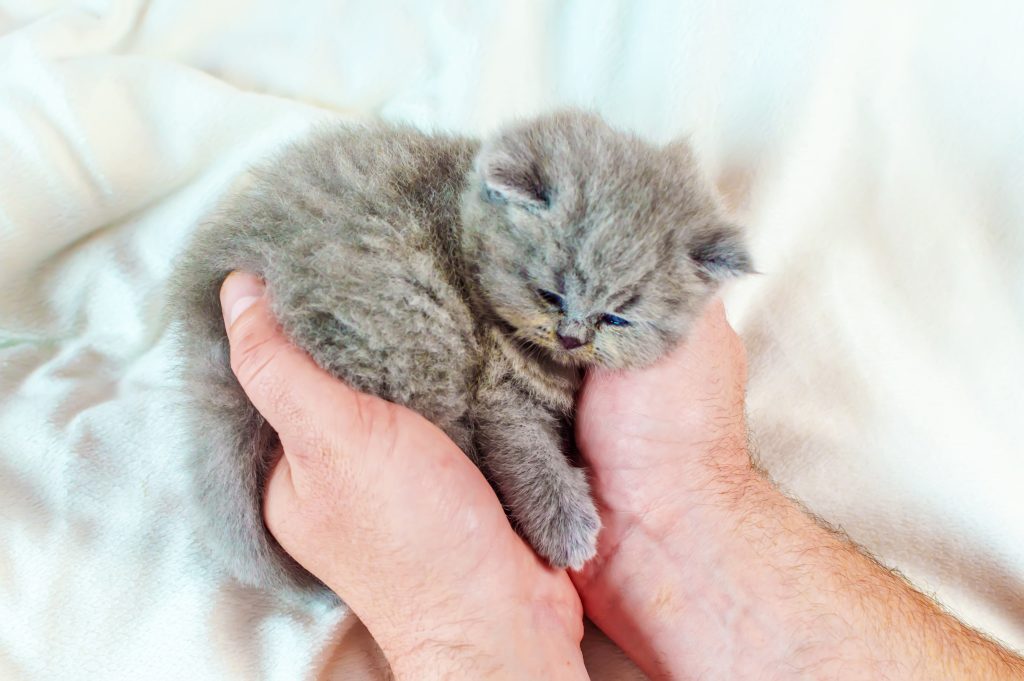10 Must-Know Cat Care Tips for Beginners
Bringing a cat into your home is one of the most heartwarming experiences, filling your days with playful moments, soft purrs, and a loyal companion by your side. But as adorable as they are, cats come with a list of responsibilities you might not expect, especially if you’re a first-time pet parent. Whether you’re adopting a playful kitten or a calm adult cat, knowing how to make them feel safe, happy, and healthy is key. I remember how overwhelming it felt before bringing my first cat home questions about food, litter, toys, and even how to gain their trust flooded my mind. Through trial, error, and lots of learning, I discovered small but important habits that made a world of difference. These tips are based on those real life lessons, and they’ll help you prepare for life as a confident and loving cat parent.

1. Prepare a Cozy Safe Space
Cats are sensitive to new environments. When I brought my first cat home, she hid under the bed for hours. Prepare a small, quiet spot with a cozy bed or even a soft blanket in a cardboard box. This gives them a safe zone to observe their new home without feeling overwhelmed.
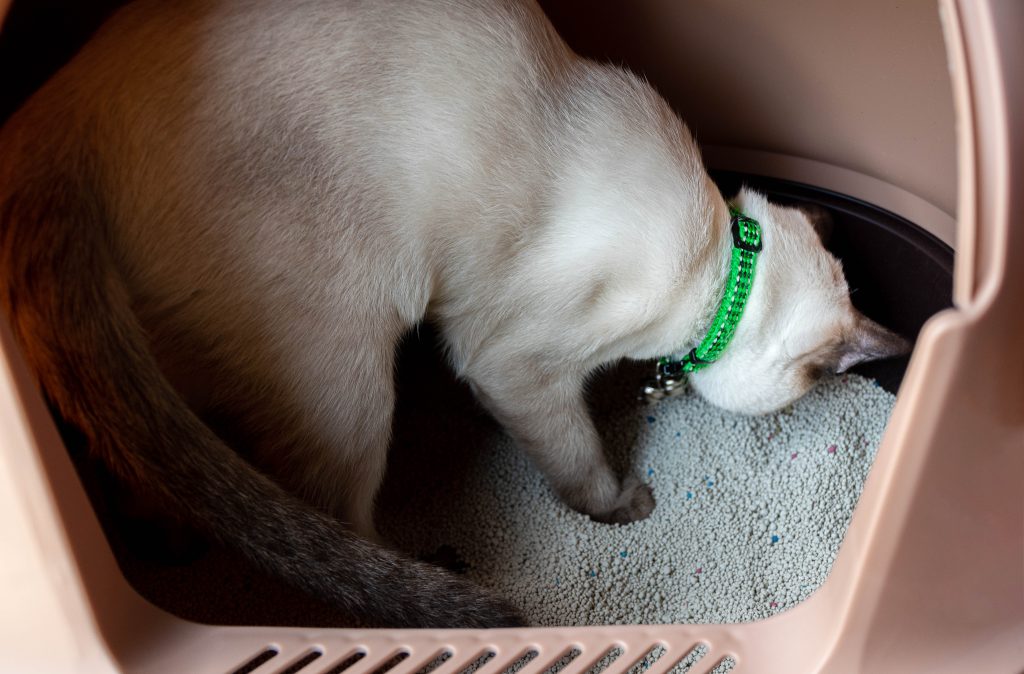
2. Choose the Right Litter Box
Not all litter boxes are created equal. For kittens, go for a shallow, open box. For adult cats, make sure the box is big enough for them to turn around comfortably. Keep it in a quiet, low traffic area. I clean my cat’s litter every morning it prevents accidents and keeps the house odor-free.

3. Feed High-Quality Cat Food
The difference between cheap and good cat food is noticeable in their energy and coat health. Look for high-protein, grain-free options suited for your cat’s age. Always introduce new food slowly to avoid stomach upsets. Also, place water bowls in several spots around the house to encourage drinking.
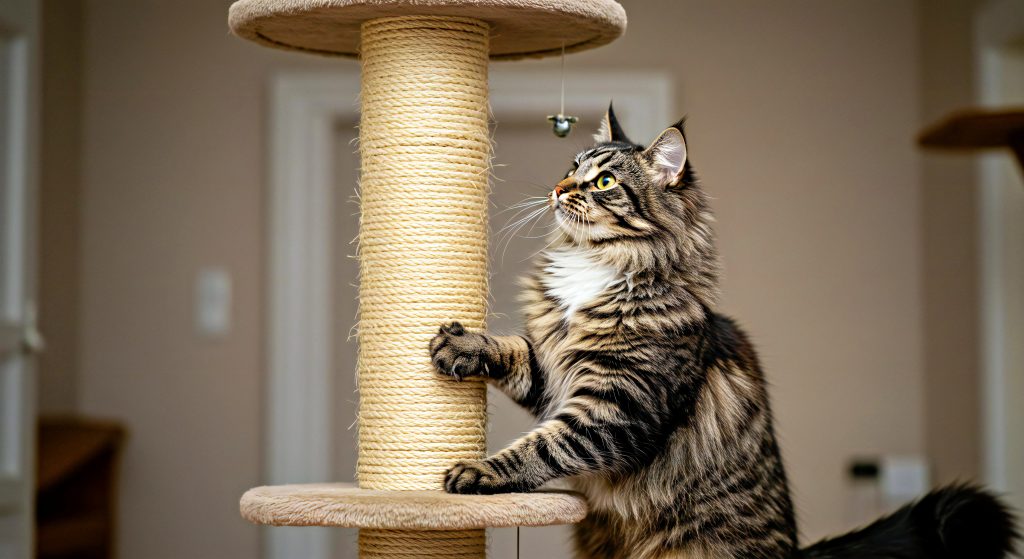
4. Provide Scratching Posts
Scratching is not bad behavior it’s instinct. My sofa learned this the hard way. Place scratching posts in the living areas and near their sleeping spots. Choose sturdy posts and pads made from sisal or cardboard. Redirect their scratching gently if they go for the furniture.
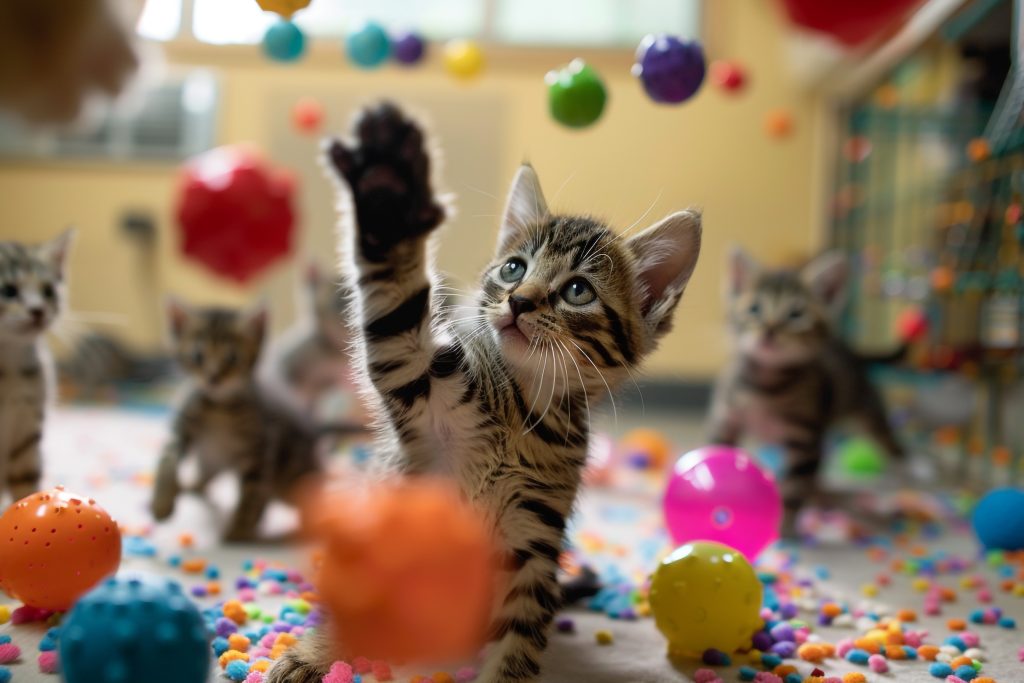
5. Regular Playtime is a Must
Cats may act independent, but they crave interaction. Daily play sessions with feather wands, laser pointers, or even DIY toys help burn off energy and prevent boredom. I always schedule a short play session after dinner it’s a routine my cat looks forward to.
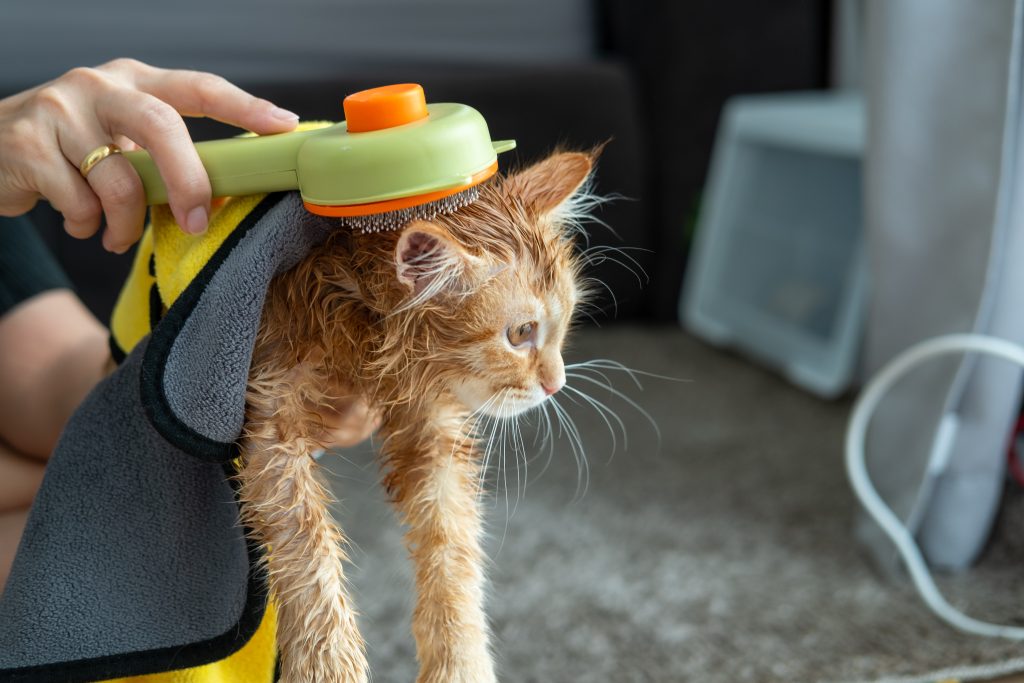
6. Groom Your Cat Regularly
Even short-haired cats benefit from brushing. It reduces shedding and hairballs and is a great bonding activity. Start grooming when they’re young so they get used to it. Use soft brushes for kittens and invest in a deshedding tool if you have a long-haired breed.
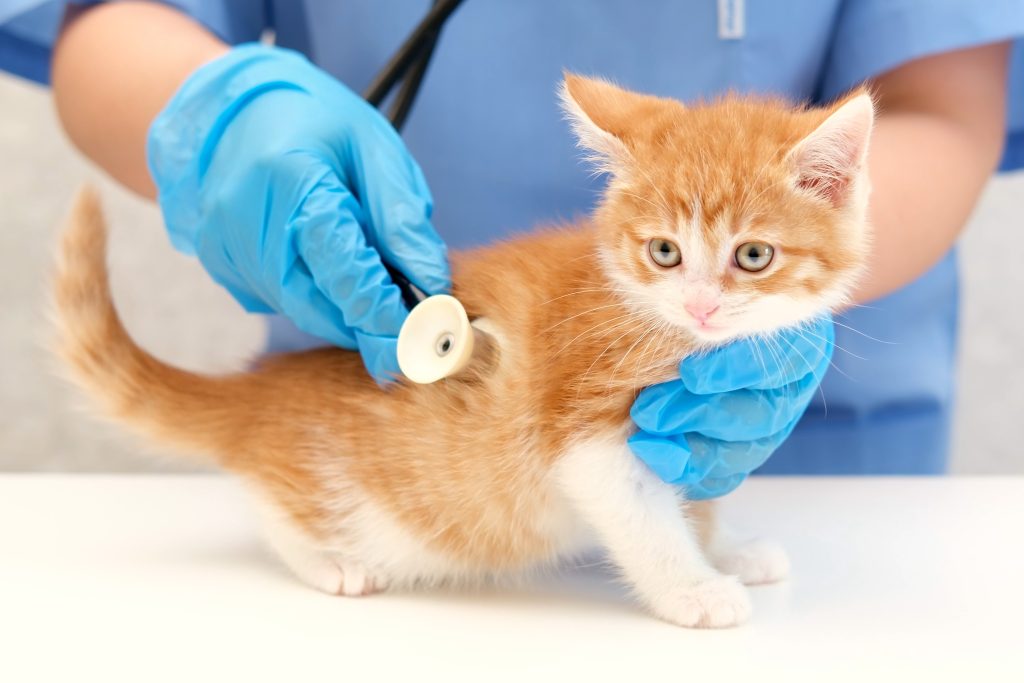
7. Visit the Vet for Checkups
Regular vet visits aren’t just for emergencies. They’re essential for vaccinations, dental checks, and early detection of any health issues. Create a file to keep track of vet appointments, treatments, and vaccine schedules.

8. Keep Them Hydrated
Many cats don’t drink enough water, leading to kidney issues later. A cat water fountain encourages drinking because they prefer running water. I noticed my cat drinks way more from the fountain than a regular bowl.

9. Understand Cat Body Language
Cats speak with their tails, ears, and eyes. A flicking tail often means irritation, while slow blinking is a sign of affection. Learning these subtle cues helps you understand when they want attention and when they need space.
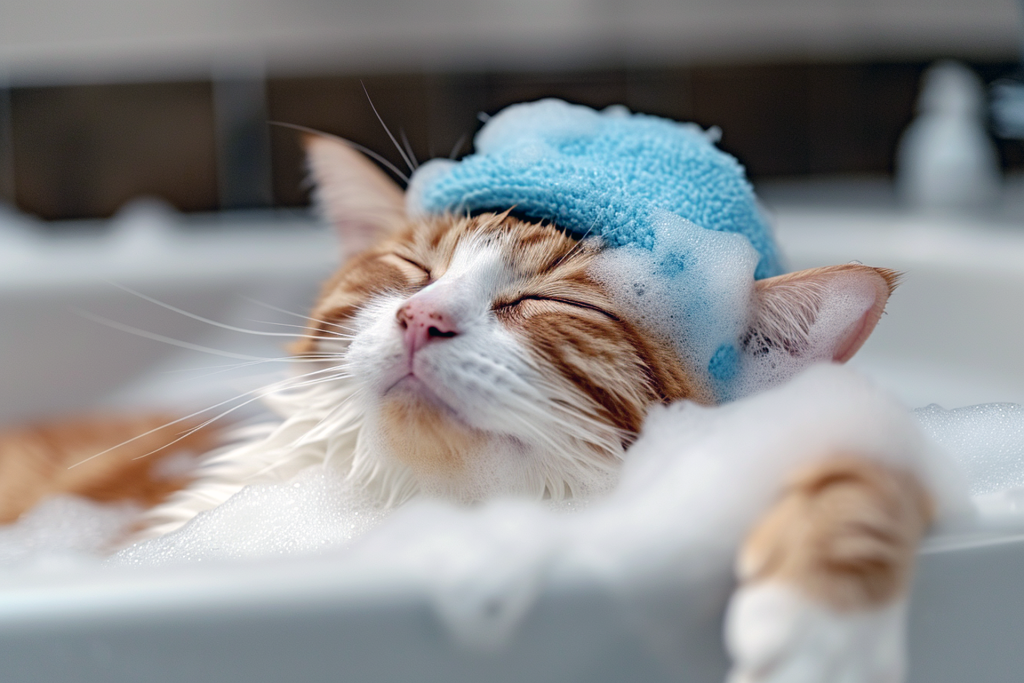
10. Shower Them with Love (On Their Terms)
Cats are affectionate but they value their independence. Let them come to you. Gentle petting, slow blinks, and soft talking build trust. Forced cuddling rarely works. Respect their boundaries, and they’ll surprise you with their affection.
Conclusion
Being a cat parent is a journey filled with learning, love, and patience. These practical tips will help you avoid common mistakes and build a stronger bond with your feline friend. Remember, every cat is unique, and learning their quirks is part of the joy.
